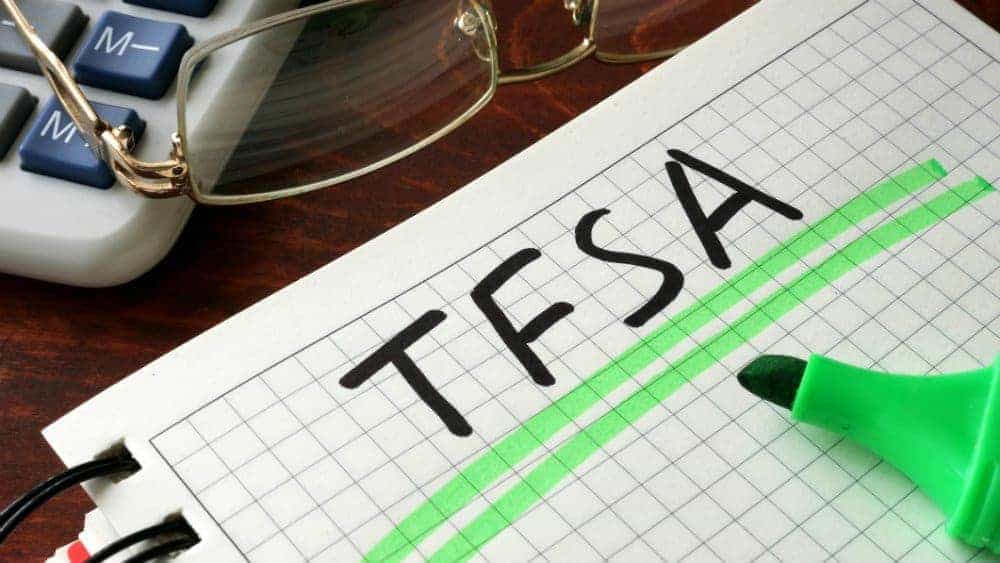TFSAs investors are smart. That’s a fact. Investing with a Tax-Free Savings Account (TFSA) is the single best decision you can make when it comes to improving your financial life. The opportunity to permanently shield your capital from taxes should never be ignored.
But TFSAs aren’t foolproof. Some simple mistakes could literally cost you millions. In reality, these mistakes may only cost you thousands, but that’s still a hard pill to swallow.
The following tips aren’t rocket science, but believe it or not, millions of Canadians fail to abide by these lessons every year. Don’t add to that number.
Always run the numbers
What’s this year’s TFSA contribution maximum? What’s your personal contribution maximum for this year? If you don’t know the answers, read carefully.
The TFSA contribution maximum for 2020 is set at $6,000, the same as the year before. Your personal contribution maximum, however, is likely much different. That’s because unused contribution spaces rolls forward forever, starting from the year you turn 18.
So in almost all situations, you’ll be able to contribute $6,000 to your TFSA this year. But in many situations, that’s the bare minimum you’re able to contribute. If you have unused lifetime contribution room, you can add that total to this year’s space.
Here is each year’s contribution max from the date the TFSA was first launched. Simply add up each year’s maximum, starting from the year of your eighteenth birthday, to determine the true maximum you’re able to contribute.
- 2000: $5,000
- 2010: $5,000
- 2011: $5,000
- 2012: $5,000
- 2013: $5,500
- 2014: $5,500
- 2015: $10,000
- 2016: $5,500
- 2017: $5,500
- 2018: $5,500
- 2019: $6.000
- 2020: $6.000
If you have additional unused contribution room from previous years and don’t realize it, then you’re giving up tax-free protections for nothing. This unused space can compound into thousands, or potentially millions of dollars in foregone upside.
If you’re not aware of your lifetime max and end up over contributing, you’ll pay a 1% tax on your excess funds every month until it’s withdrawn. Either way, it pays to run the numbers every year.
Do the simplest thing
Sometimes, the most basic of strategies can be the most effective. Many people reading this right now might expect a hot stock tip or insider advice. While stock selection does matter, the truth is much simpler: max-out your TFSA contributions.
Here’s a powerful example. Let’s say you invest the TFSA maximum of $6,000 each year for 30 years. Earning an 8% annual return will net you a final sum of $735,000.
Now let’s say you prioritize investment returns over regular contributions. You’re now able to earn 10% annual returns, but only contribute $3,000 per year.
Ask any professional money manager: increasing your annual returns by 2% over three decades is incredibly impressive. With these assumptions, your nest egg will be worth just $540,000. That’s a difference of nearly $200,000.
Of course, the best route to take is to max-out your contributions and increase your investment returns. Just don’t fall into the trap of believing that investment returns are your top priority.


